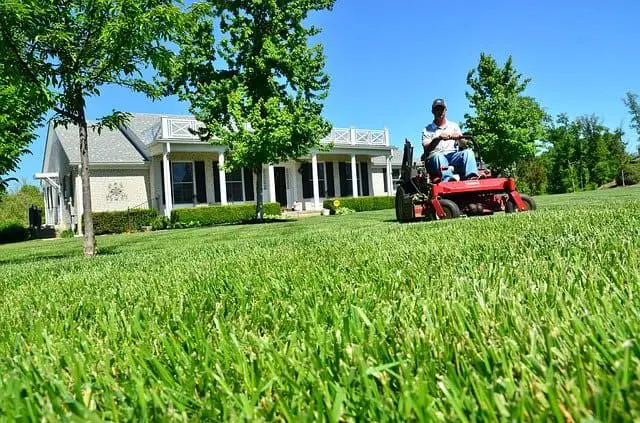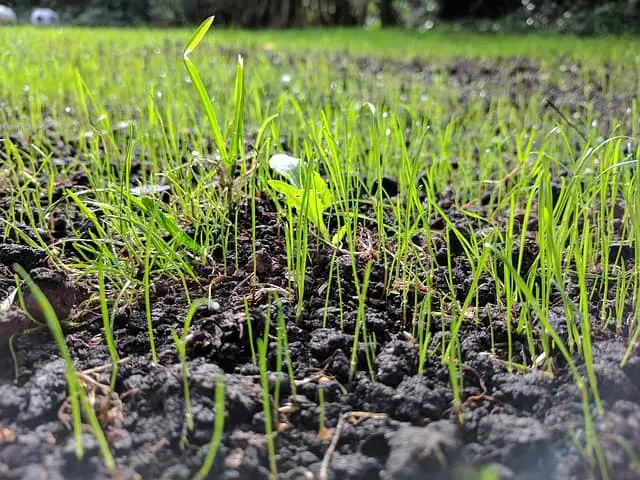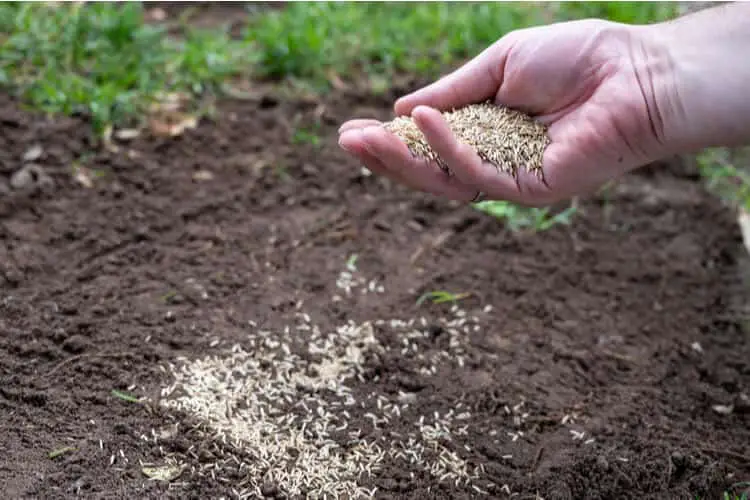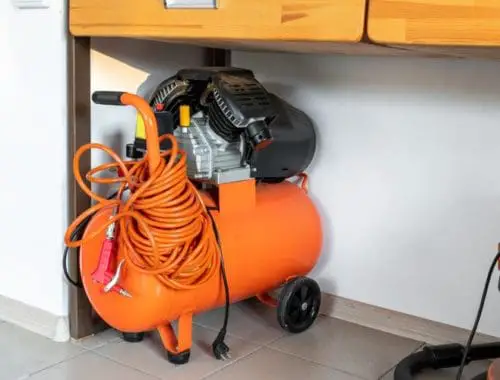If you want to ensure your grass is green and lush all year long, you’ll need to reseed your lawn. It doesn’t take too much time to do and can help ensure the health of your lawn for years to come. Read on to find out how to pick the best grass seed, what the step-by-step process of seeding your grass is like, and what you need to keep on top of your lawn maintenance.
Choosing Grass Seed

Image courtesy of Pixabay
The first step in reseeding your lawn is to choose a grass seed. Before you pick your grass seed it is important to test the pH of your soil. You can pick high-quality grass seed, but it won’t grow properly if the soil pH isn’t balanced. You want the pH level to be between 6 and 7.5.
Next, you’ll want to choose between the cool and warm-season types of grass seed. Cool-season grass seed tends to be more shade-tolerant and will ensure your turf lasts throughout the winter season. It is suitable for most parts of the United States. Warm weather grass is generally only used in areas where the weather is warm year-round, making it ideal for use in many of the southern states.
Finally, consider the foot traffic of the area you’re reseeding. If you’re planting the seed in high-traffic areas, you’ll want to avoid fine fescue as it tends to be more brittle. There are specific blends of seed that have been specially designed for high-traffic areas.
When to Reseed Your Lawn
The best time of year for reseeding your lawn if you have a cool season type of grass is during the spring and fall months. Reseeding at the end of spring ensures your grass seed has enough time to establish before the cold weather sets in. Reseeding in the fall means the soil will still be warm enough for it to grow, but there is less risk of weeds. Warm-season grass seed can be applied at any time.
Why Reseed Your Lawn

Image courtesy of Pixabay
There are a few different reasons for reseeding your lawn, including:
- Thinning. Grass thins as it matures, and a very mature lawn might look pretty bare. You may also find the grass dies in areas with high foot traffic if an appropriate type of grass seed wasn’t used.
- Weeds. Another reason to reseed your lawn is if it has been completely overtaken with weeds. Reseeding gives you the opportunity to take everything down to dirt level and start fresh. Be careful on your pesticides, and consider alternatives to those with a high toxicity.1
- Damage. Your lawn may have become damaged due to flooding or having items sitting in one area for too long. This can result in a large patch of dead grass. Removing the dead grass and reseeding the area can help bring a more uniform look to your lawn. Removal of the dead grass may be helped by finding the right sweeper.
How to Reseed Your Lawn
You can reseed your lawn in about five easy steps.
First, rake and till your lawn. Doing so prepares your lawn for reseeding by gently removing dead grass and weeds. You can use a garden rake and some muscle for this, or a product such as a lawn sweeper. Make sure every bit of dead grass is removed. If you want to give your grass the best possible chance to grow, apply a turf builder product and till it into the ground a few inches deep.
Second, spread fertilizer on top of the area. It is best to use a starter fertilizer for this purpose. That’s because it has the proper nutrients that grass seeds need to germinate and grow quickly. Be sure to follow the manufacturer’s recommendations for the proper spread rate for a new lawn and consider your fertilizer choice carefully.2
Next, spread your grass seed over the area. You can use a spreader machine or apply it by hand. You can use the prongs of your rake to make furrows in the ground to make applying the seed easier, but it’s not necessary. Once you’ve applied the grass seed to the area, gently rake the area to cover the seeds with some soil.
Next, add a thin layer of mulch on top of the area to help retain moisture. This will ensure your grass seed is able to germinate properly and helps to prevent any seeds from blowing or washing away.
Finally, give the lawn a good watering. You want to water just until you see puddles forming. It is important to water your newly seeded lawn about once or twice a week, but do not over-water it. If you like, you can use a sprinkler to ensure your lawn is getting the right amount of water, and avoid the hassle of having to water by hand.
Reseeding your lawn doesn’t take much time and can offer noticeable results when done properly. By choosing the right grass seed and following a few simple steps, you can ensure your reseeding lawn flourishes.
Article Sources
Home Life Daily uses only high-quality sources, including peer-reviewed studies, to support the facts within our articles. Read our editorial process to learn more about how we fact-check and keep our content accurate, reliable, and trustworthy.
- Hernke MT, Podein RJ. Sustainability, health and precautionary perspectives on lawn pesticides, and alternatives. Ecohealth. 2011;8(2):223-232. doi:10.1007/s10393-011-0697-7
- Guillard K, Kopp KL. Nitrogen fertilizer form and associated nitrate leaching from cool-season lawn turf. J Environ Qual. 2004;33(5):1822-1827. doi:10.2134/jeq2004.1822










